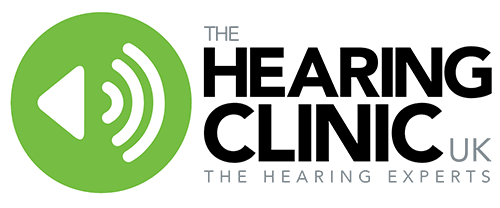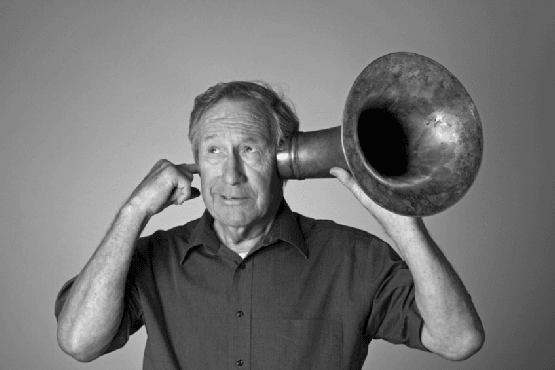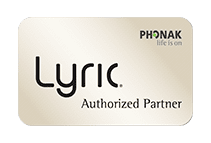Hearing loss in the past
Hearing loss can be something that is very difficult to adjust to or deal with. Thankfully, today, many people are able to receive high-quality hearing instruments to help them retain some kind of hearing capacity. While this is an incredible luxury today, many people didn’t have this same option in the past. There used to be no alterations or aids available to help cope with hearing loss. So, for the last few hundred years, what have been people using to boost their hearing?
The First Aids
The 17th Century heralded the first of the hearing aids ever used, when large “trumpets” were the common choice for improving hearing. They were wide at one end, narrow at the other. This helped to amplify the sound coming in from the wide side to come through at the narrow side, into the ear itself. They were originally made by using glass, but in time they started to be made from typical metals like brass, the same that was used for instruments of the time, too.
At the same time, there was a discovery made for “bone conductions” which sent sound vibrations through the skull into your brain. These small devices sat behind the ear and projected the sound into the small bears within your ear.
A Fashion Decision
It was in the 1800s that more minute hearing aids started to come into use. They were even as aesthetic devices at once point, and were commonly used in collars and hairstyles to create a whole new look of their own. In fact, these fitted hearing aids were fitted into the thrones of high-ranking royalty at the time.
The sound was also collected through the arms of the throne, which channeled into an echo chamber above and amplified back into the aids into the openings towards the top of the King’s head, making sure that they heard everything perfectly clearly.
Electricity & Digitalized Hearing Aids
As electricity became a commonly used part of technology, it was only a matter of time before hearing aids were made electronic, too. Electronically amplified using a microphone and a battery, early 20th century microphones were carried around using battery packs that only had short life spans before needing replaced. By the 1950s, however, a transistor switch was added to prolong the life much further. Transistors were actually used in hearing aids long before they were used in radios, a whole two years!
Come the 1990s, as digital technology came to the fore, digital circuitry became the norm in hearing aids and allowed for a much more amplified sound to be developed. This made it much easier to direct sound into the ear itself, and it allowed for settings to be completely altered for each person’s unique needs. Helping eliminate background noise and extra feedback that could otherwise disrupt the quality of the sound, these changes to hearing aids have helped improved the quality of life of thousands.






